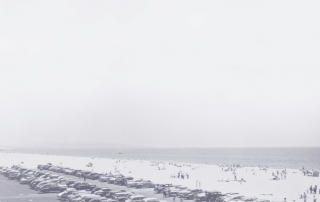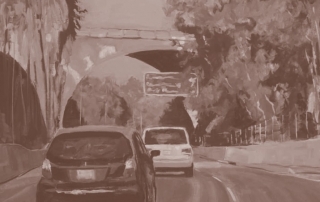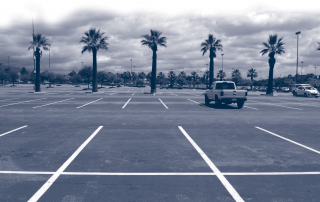Parking Management for Smart Growth
Richard Willson
Parking is the sacred cow of land uses. It claims privileged status in zoning codes and there is simply too much of it in cities. Previous ACCESS articles reveal problems with minimum parking requirements; show how excess parking harms livability, sustainability, and equity; and explain how pricing can manage its use. This article demonstrates that progress requires more than code reforms and better pricing; it requires coordinated, comprehensive parking management. We need to shift from building parking to managing it.



